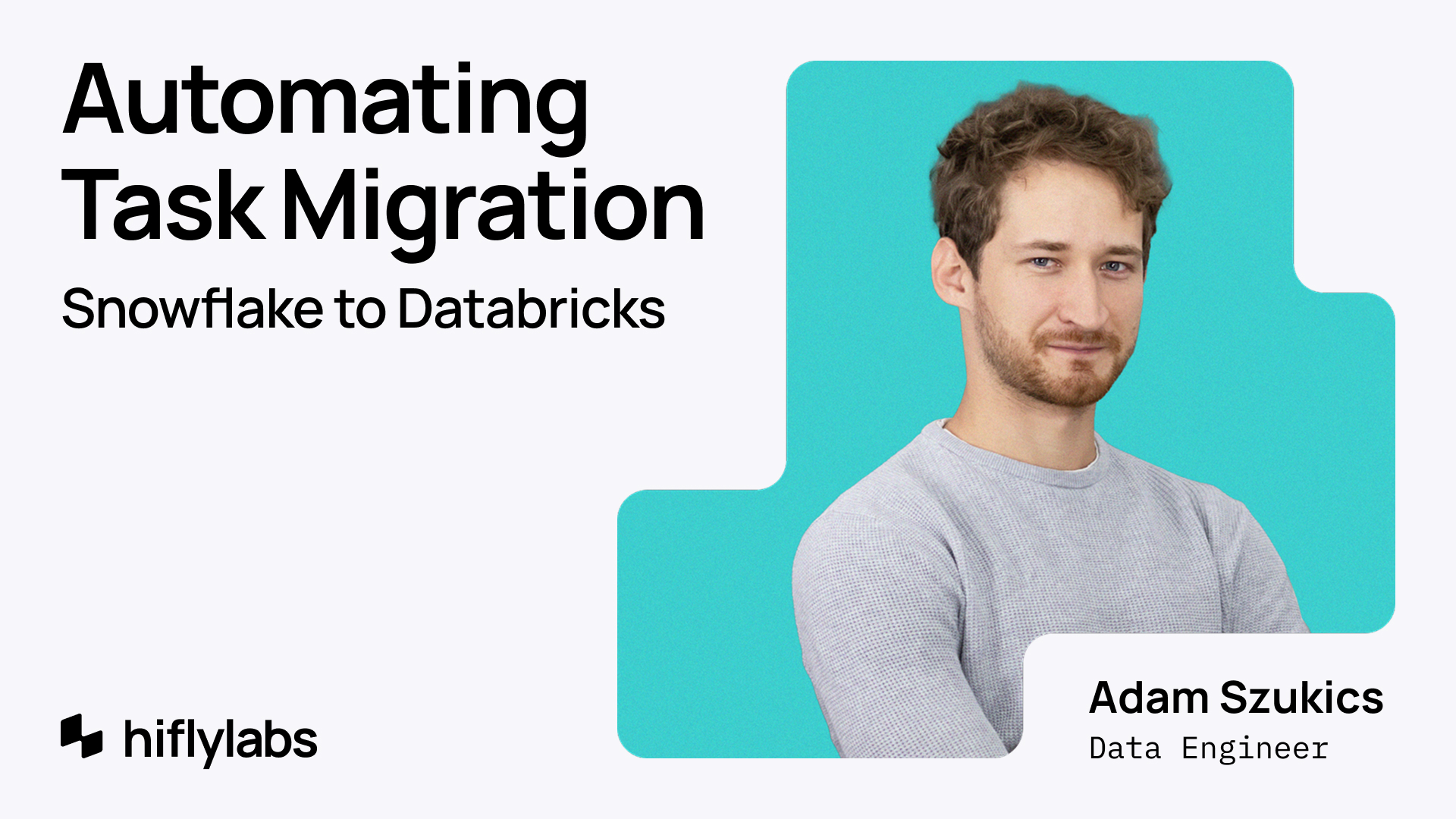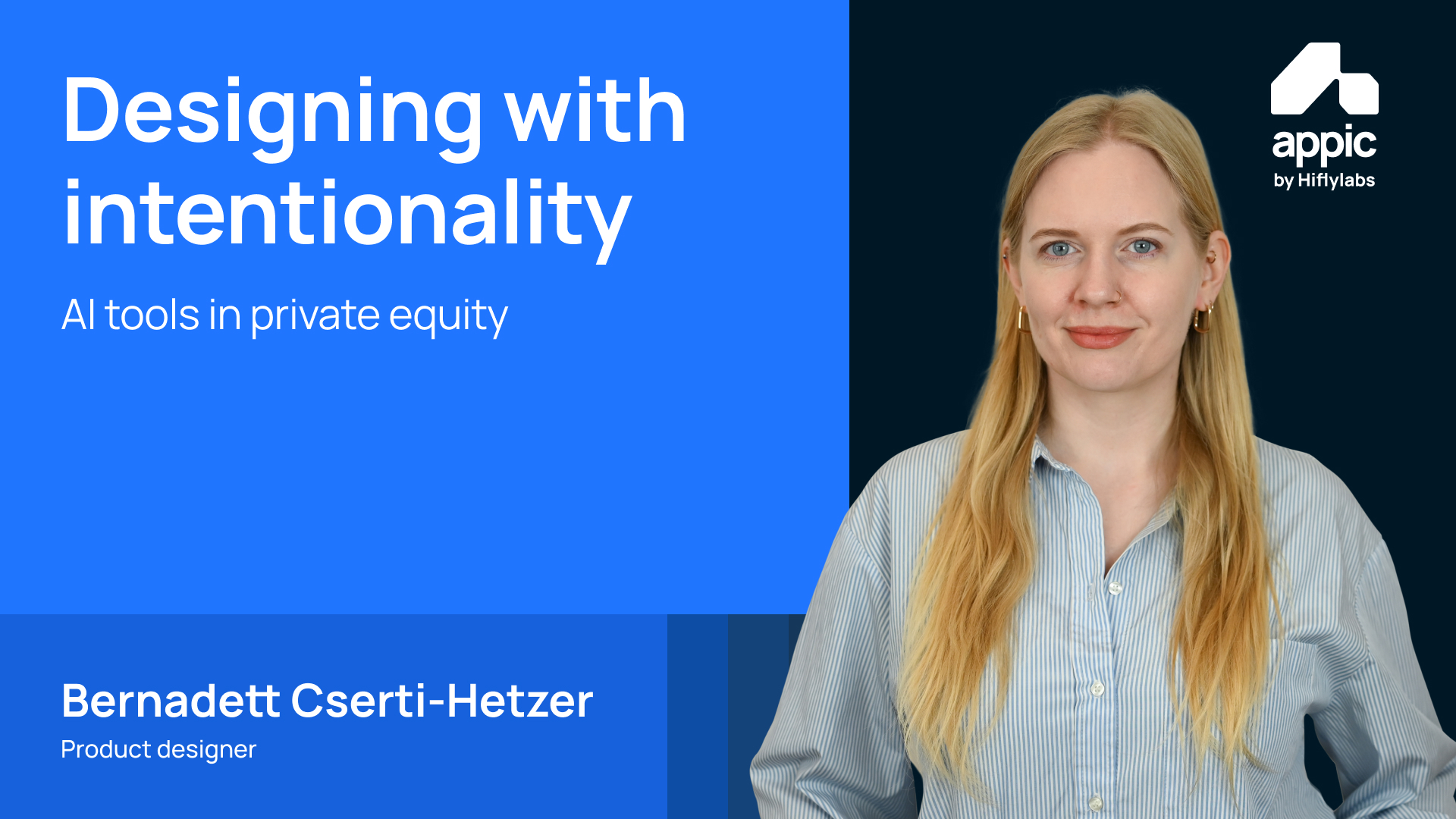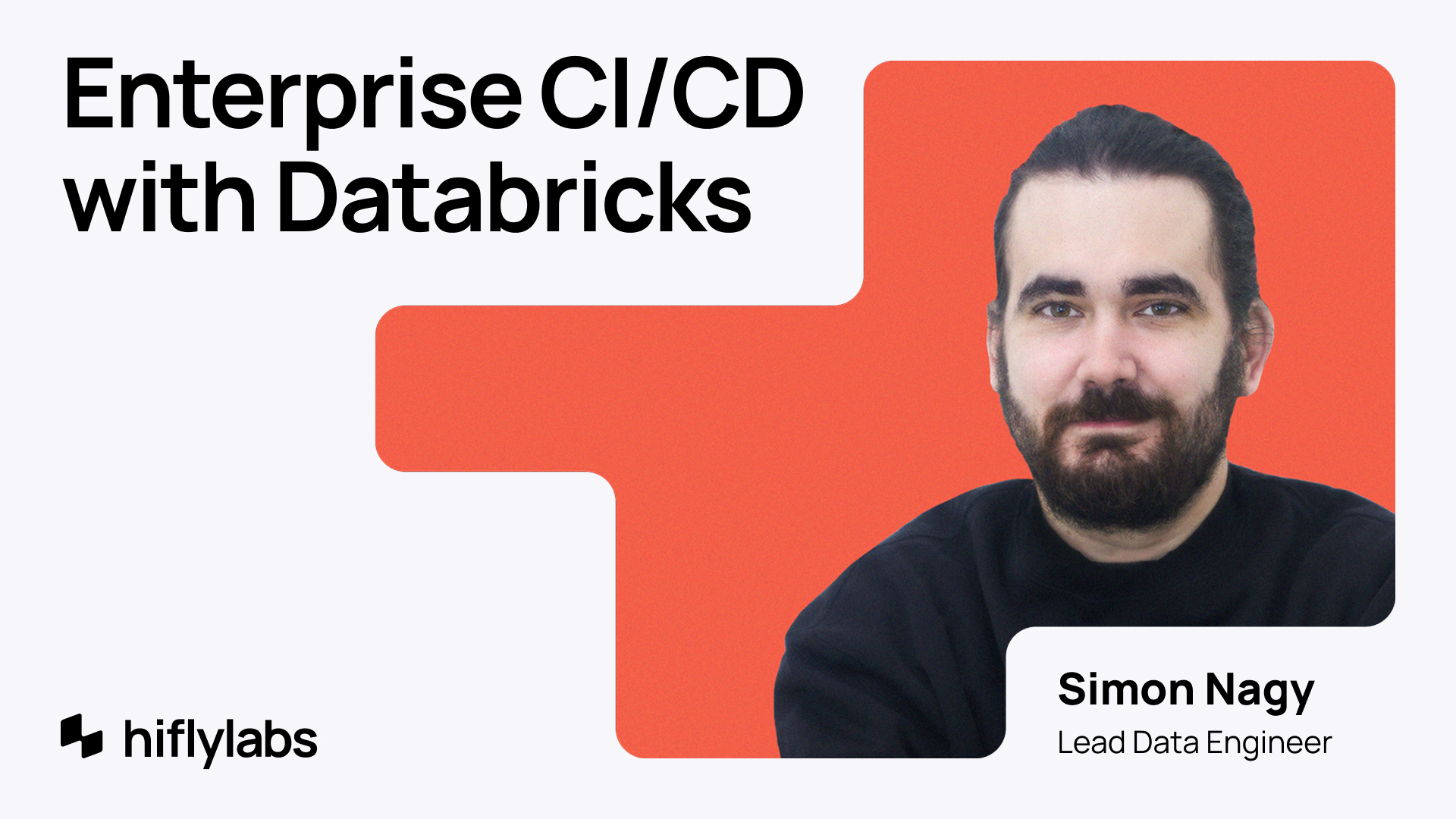Over the last 12 months, we’ve seen AI evolve from reactive assistants into autonomous agents—capable of making decisions, calling APIs, triggering workflows, and even collaborating with other agents.
But as enterprises rush to prototype and deploy these intelligent agents, a critical blind spot is emerging: AI agent governance.
At Hiflylabs, we have built systems that have literally several dozens of agents, acting on behalf of specific users or as parts of background pipelines. They read all kinds of data from databases, through JSON documents and text-ish files, to PDFs and images, extract and mangle data from them, decide their own best course of action, and, well, execute it. Many thousands, if not millions, of times–in a matter of days.
We have actually seen that there needs to be operational cadence around them: from their inception, through their deployment, to their activities.
What are AI agents—and why are they different?
An AI agent isn’t just a chatbot or a language model API call. It’s a system that combines reasoning, memory, and—most crucially—action. An agent can:
- Access structured or unstructured data
- Decide on a course of action
- Execute tasks via plugins, tools, or API integrations
- Learn from results and iterate
Frameworks like LangChain, AutoGen, CrewAI, and enterprise copilots built on OpenAI’s function calling are making this possible today.
Agents are not static. They evolve. They “think.” And most importantly, they act.
Why AI agent governance matters now
Without strong governance, autonomous agents introduce a number of risks:
- Uncontrolled access to data. Agents access internal databases, documents, or APIs in the course of their normal operation, and thus may expose sensitive or regulated data.
- Opaque decision-making. Unlike traditional scripts, agent behavior can vary based on context or prior actions. Without logging and traceability, it’s hard to explain why an action was taken.
- Unintended consequences. Agents can misinterpret user intent, chain incorrect actions, or even produce biased or non-compliant outputs—which can be disastrous, especially in customer-facing roles.
- Security vulnerabilities. Agents that accept inputs and call functions can be vulnerable to adversarial manipulation (e.g., prompt injection).
As organizations increasingly experiment with internal copilots or agent-based automation, these risks scale fast.
What does agent governance look like?
To govern agents effectively, organizations will need to establish a multi-layered framework, combining technical controls, monitoring, and policy alignment.
Here are some of the key building blocks you should consider for your AI agent governance framework:

1. Agent registry & identity
- Track each agent’s purpose, capabilities, tools, and access scope.
- Log version history and behavior changes over time.
- Track ownership (both technical and business).
- Be in the know about where the agent is deployed and what its running profiles are (e.g., schedules, activations).
It may sound dry, but we have repeatedly found agents for which we couldn’t figure out who commissioned them and what business process they are part of.
2. Access & permissions
- Enforce strict least-privilege access to data and APIs.
- Use identity-aware proxies or policy engines to filter requests in real time.
Do not allow sloppiness in the name of “moving fast”, especially with critical connections. Connecting through a service account with elevated privileges may ease the pressure for the moment. But it is truly very rare for a project or an organization to circle back and fix these issues. Agents, especially publicly available ones, will be targeted with malicious intent (perhaps through other agents…)—if they are not already.
3. Observability & logging
- Log every decision, action, and data source an agent touches.
- Enable traceable outputs to support audits or human review.
- Implement and operate automatic monitoring with a keen “eye” on suspicious activity. Sometimes it may even be advisable to proactively stop erratic agents until human review clears them.
Being in the blind and not having a clue where to start investigating when “something” happens is rather frustrating. Agents are genuine, powerful software. Make sure to keep an eye on them accordingly.
4. Human-in-the-loop mechanisms
- Set thresholds for human approval for high-impact or high-risk actions.
- Allow rollback or override of agent decisions when necessary (and when possible 😉).
5. Testing & simulation
Before deploying an agent, run it through sandbox environments with synthetic tasks to evaluate behavior under edge cases or adversarial input.
Honestly, we have found this kind of testing rather difficult. The industry has not learned the angles and ways these agents are (to be) attacked from, and thus it is often hard to compile an effective test set.
6. Continuous evaluation
- Regularly test for drift and performance degradation.
- Include agents in your broader model validation and governance workflows.
AI models change on very short cycles, and agent owners tend to want to (or have to) upgrade to the latest ones. As agent adoption grows (and it grows quickly), use cases, inputs, and access patterns are likely to change in unanticipated ways. Make sure you have mechanisms to stay on top of it.
Strategic priority for tech leaders
CIOs and CTOs have a narrow window to get ahead of this shift. As autonomous agents begin performing more operational tasks, governing them becomes a strategic requirement, not just a technical nice-to-have.
It is hard for several reasons. One of the primary ones is that there is urgency everywhere, and anything that interferes with the "conceived yesterday, vibe-coded last night, let’s deploy to production today” rush is most often seen as pointless fussing and gets worked around as much as possible.
Thus, it is of utmost importance that AI agent governance practices are devised and implemented such that they are effective and at the same time heavily streamlined and automated.
Here’s what smart leaders are doing today:
- Involving security and data governance teams early in agent initiatives.
- Defining organizational policies on agent autonomy, scope, and auditability.
- Creating streamlined, automated processes.
- Building cross-functional steering groups to evaluate risk and opportunity.
- Partnering with trusted consultancies to architect safe, scalable agent frameworks.
Final thought
Just like APIs changed software architecture, AI agents are set to change how businesses automate and scale decision-making. But without governance, what starts as innovation can quickly become chaos.
If you're prototyping or scaling AI agents in your organization, now is the time to ask:
Who watches the agent?
The answer should come from the top—guided by smart, proactive governance.
Looking to adopt AI for productivity, but without the common risks and operational headaches? We've solved this before.
Show me how to make AI work





